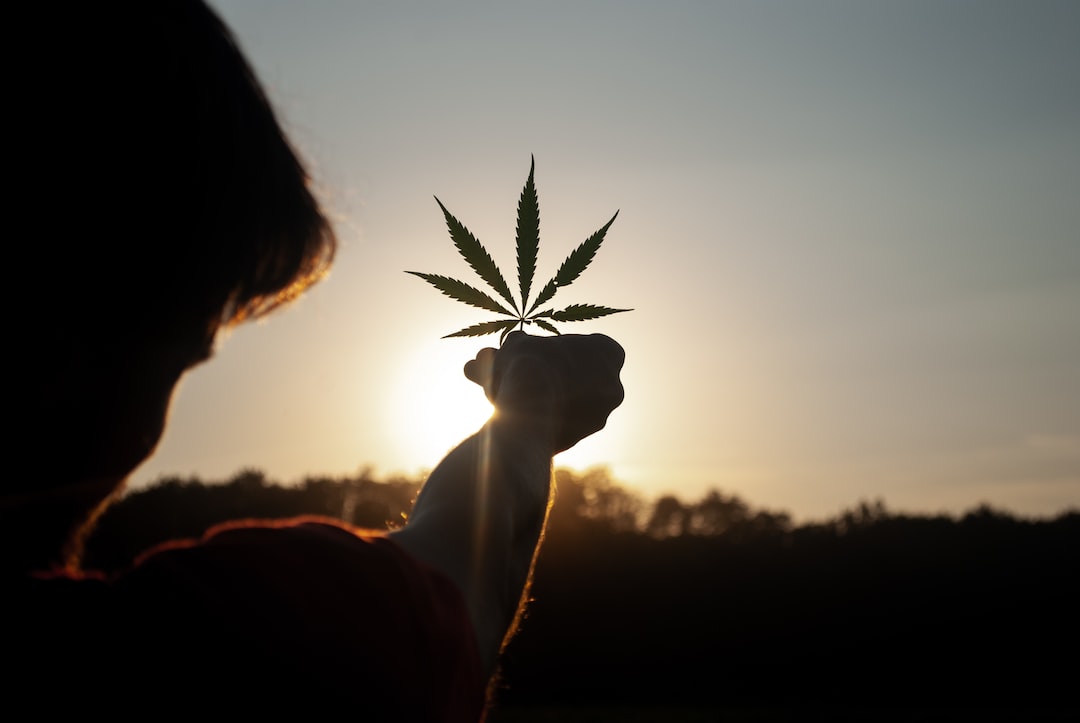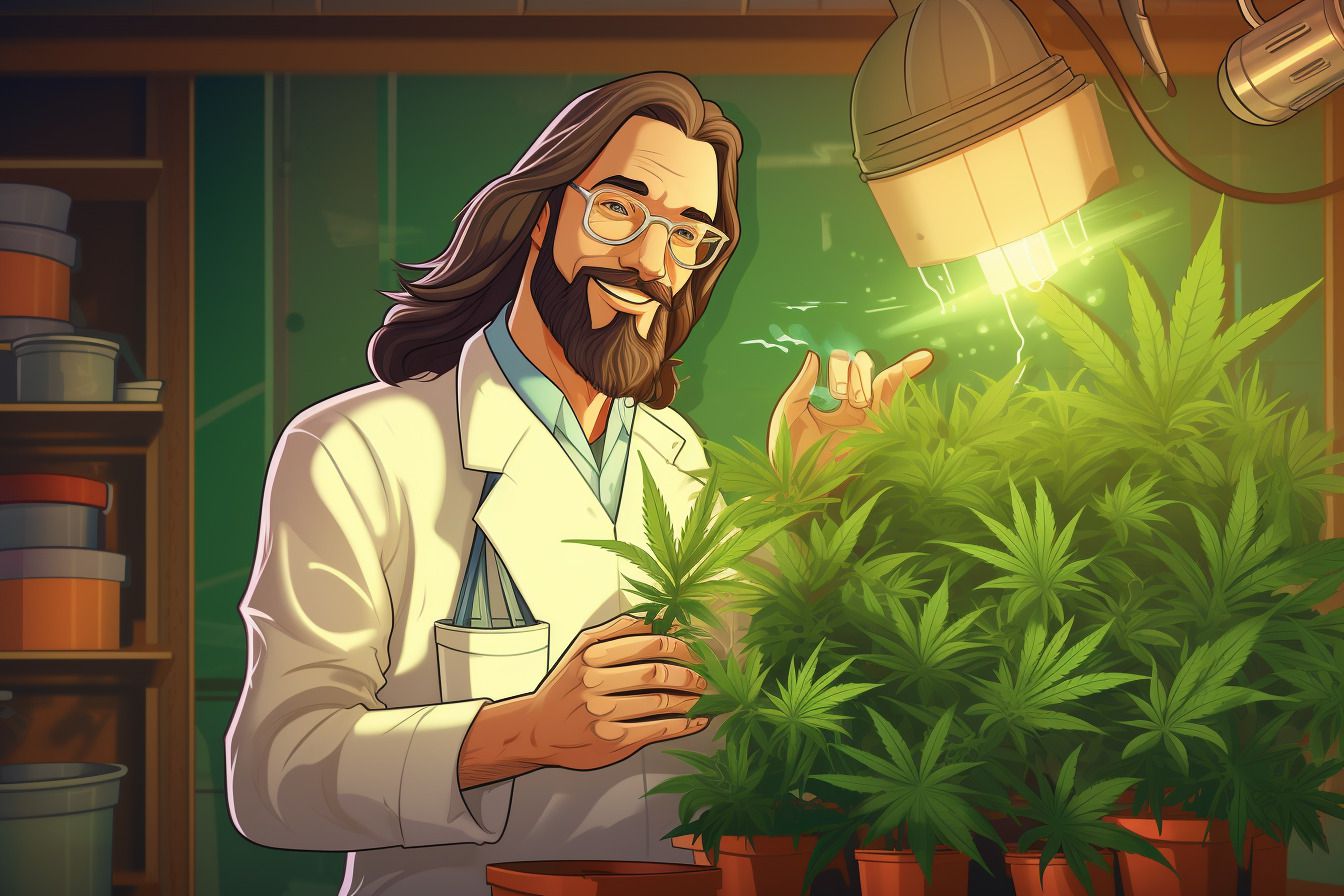
Cannabis plant
Cannabis and marijuana are terms that are often used interchangeably, causing confusion and leading to a number of misconceptions. This blog post aims to debunk those myths and clarify the differences between cannabis and marijuana, helping you understand their distinct uses and legal implications. By having a clear understanding of these differences, you can make more informed decisions related to legality and usage.
Common Misconceptions
As mentioned earlier, cannabis and marijuana are often used interchangeably, which leads to confusion and misunderstandings. One of the most common misconceptions is that there is a significant difference between the two terms. In reality, the primary difference lies in how they are used to describe specific parts or products of the cannabis plant.Another misconception that needs to be addressed is the belief that hemp and marijuana are the same thing. Although both are derived from the cannabis plant, they have distinct characteristics and uses. By debunking these myths and clearing up the confusion, we can have a better understanding of these terms and their implications in our daily lives.
What is Cannabis?
Cannabis is a term used to describe the plant itself and the various products derived from it, such as flowers, leaves, stems, and seeds. These products can be used for recreational, medicinal, and industrial purposes, depending on the specific strain and variety of the cannabis plant. There are several strains and varieties of cannabis plants, each with unique properties, effects, and uses. By understanding what cannabis is and the different forms it can take, we can better appreciate its diverse applications and potential benefits.
What is Marijuana?
Marijuana refers to a specific type of cannabis product made from the dried flowers, leaves, stems, and seeds of the cannabis plant. Compared to other forms of cannabis, marijuana usually contains the least concentration of THC, the psychoactive compound responsible for the “high” associated with cannabis use. There are various ways in which marijuana can be consumed, including smoking, making it into edible products, brewing it as a tea, or vaping. By understanding what marijuana is and the different methods of consumption, users can make informed choices about how to enjoy its effects responsibly.
Understanding Hemp
Hemp is a variety of the cannabis sativa plant that contains a low percentage of THC, typically less than 0.3%. Unlike marijuana, hemp is primarily grown for industrial purposes and is not used as a recreational drug. Some of the key differences between hemp and marijuana include their THC content and usage. While marijuana is often consumed for its psychoactive effects, hemp is used in a variety of industrial applications, such as textiles, paper, and building materials. By recognizing these differences, we can better understand the distinct roles that hemp and marijuana play in the world of cannabis.
It is crucial to understand the differences between cannabis and marijuana, as well as the distinctions between hemp and marijuana. Having a clear grasp of these terms enables us to make informed decisions about their usage and comply with the constantly evolving laws and regulations. Staying informed and seeking legal help when necessary are essential steps in ensuring responsible use and compliance with cannabis laws. As a final note, don’t forget to sign up for a chance to win cannabis seeds and receive a 10% discount on your first order with Original Johnny Seed Bank, where you’ll find a wide variety of strains and the latest information on cannabis products.










